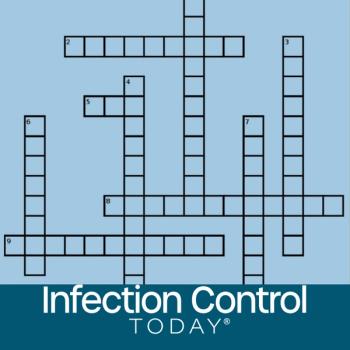
NIH Scientists Identify New HIV-Inhibiting Protein
Scientists have identified a new HIV-suppressing protein in the blood of people infected with the virus. In laboratory studies, the protein, called CXCL4 or PF-4, binds to HIV such that it cannot attach to or enter a human cell. The research was led by Paolo Lusso, MD, PhD, chief of the Section of Viral Pathogenesis in the Laboratory of Immunoregulation at the National Institute of Allergy and Infectious Diseases (NIAID), part of NIH.
CXCL4 belongs to a family of molecules called chemokines that help regulate the movement of immune cells around the body. In the mid-1990s, four chemokinesthree discovered by Dr. Lusso, Robert Gallo, M.D., and their colleagueswere found in laboratory experiments to function as HIV inhibitors. These chemokines as well as CXCL4 may regulate the level of virus replication in infected individuals and thus the pace at which HIV disease progresses.
According to Lusso, the site where CXCL4 binds to the outer coat of HIV seems to be different from other known vulnerable sites targeted by HIV-blocking antibodies and drugs. His team is working with scientists at the NIAID Vaccine Research Center to define the atomic-level crystal structure of this binding site, which potentially may play a role in the future development of HIV treatments or vaccines.
CXCL4 differs from the other four major HIV-suppressive chemokines in several respects. The other four chemokines inhibit HIV infection by binding to either one of two cell receptorscalled CCR5 and CXCR4used by the virus to attach to and enter immune cells, whereas CXCL4 binds directly to the outer surface of the virus. While the other chemokines bind to forms of HIV that use either the CCR5 or the CXCR4 receptor, CXCL4 can bind to and block infection by a wide variety of HIV strains, no matter what their receptor specificity. Finally, while the other chemokines are made primarily by immune cells, CXCL4 is made by platelets, the blood cells involved in clotting.
Lusso and his colleagues are pursuing further research to better understand CXCL4's role in HIV disease and to determine whether the chemokine has a protective effect not only in laboratory studies, but also in people.
Reference: Auerbach DJ, et al., Identification of the platelet-derived chemokine CXCL4/PF-4 as a broad-spectrum HIV-1 inhibitor. PNAS DOI: 10.1073/pnas.1207314109 (2012).
Newsletter
Stay prepared and protected with Infection Control Today's newsletter, delivering essential updates, best practices, and expert insights for infection preventionists.






